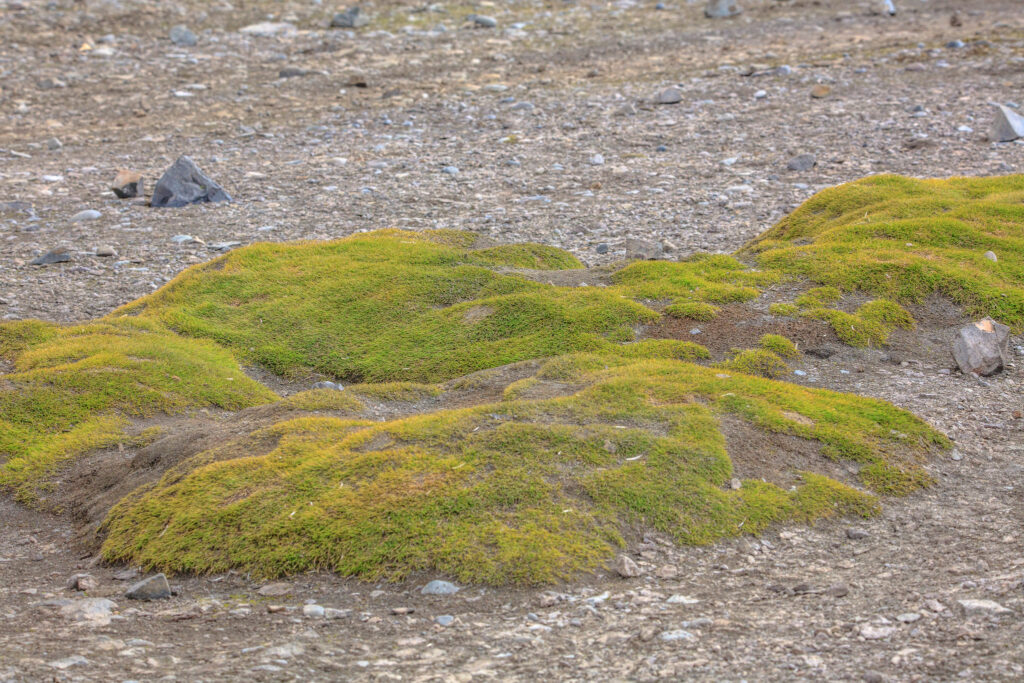
The Antarctic Peninsula, like other polar regions, is warming faster than the rest of the world. Ocean heatwaves and ice loss are becoming more common and more severe.
New research by the universities of Exeter and Hertfordshire in the UK along with the British Antarctic Survey used satellite data to assess how much the Antarctic Peninsula has been greening in response to climate change. The Antarctic Peninsula is an 800-mile extension of Antarctica toward the southern tip of South America.
The study found that the area of vegetation cover across the Peninsula increased from less than one square kilometer in 1986 to almost 12 square kilometers in 2021. This greening trend accelerated by more than 30% in the period 2016-2021 relative to the entire 1986-2021 period.
An earlier study also showed that the rates of plant growth on the Antarctic Peninsula has increased dramatically in recent decades. The landscape is almost entirely dominated by snow, ice, and rock, with only a tiny fraction supporting plant life. The plants found on the Peninsula – mostly mosses – grow in some of the harshest conditions on earth. But that tiny fraction has greatly increased, showing that this isolated wilderness is being altered by climate change.
The sensitivity of the Antarctic Peninsula’s vegetation to the changing climate is evident and as warming continues, there could be fundamental changes to the biology and landscape of this unique and vulnerable region.
**********
Web Links
Antarctic ‘greening’ at dramatic rate
Photo, posted June 2, 2018, courtesy of Murray Foubister via Flickr.
Earth Wise is a production of WAMC Northeast Public Radio
Leave a Reply